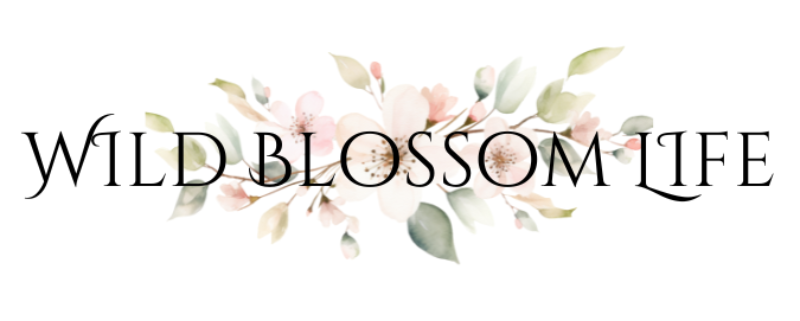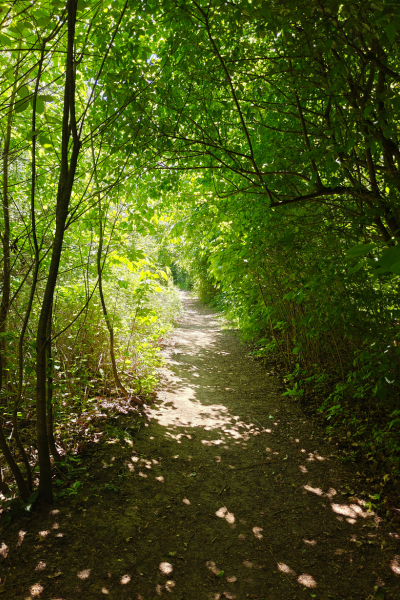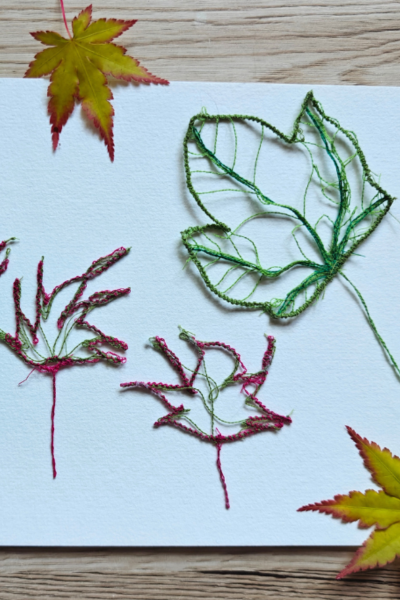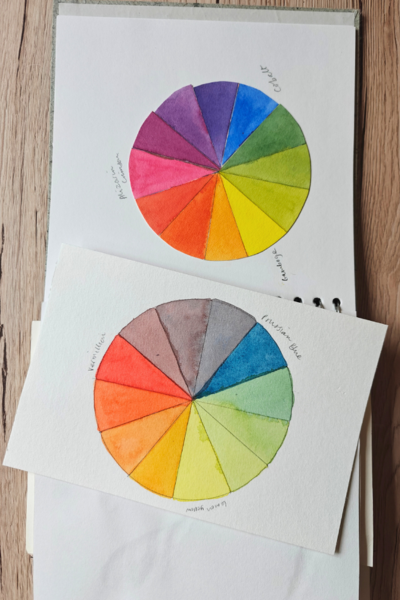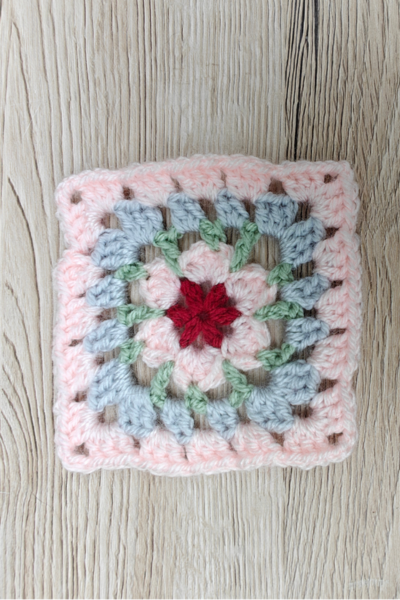Thoughts on Forest Bathing
What is Forest Bathing? Forest bathing, also known as shinrin-yoku, originated in Japan in the 1980s. It involves spending time in nature, walking very slowly or being still, and using all five senses to engage with the forest environment. It’s based on scientific studies that show that spending…
